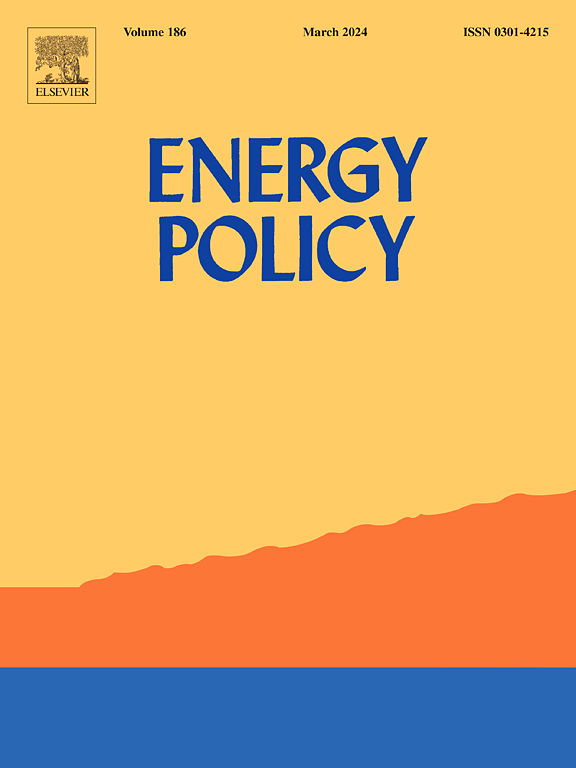Simulation of hydrogen transportation development path and carbon emission reduction path based on LEAP model - A case study of Beijing-Tianjin-Hebei Region
Abstract
Hydrogen-fuelled vehicles have attracted significant attention around the world recent years as the main form of hydrogen transportation. Chinese government in September 2020 has introduced corresponding supporting policies. In particular, Beijing-Tianjin-Hebei urban agglomeration is the first batch of pilot cities. To research the development of hydrogen transportation and carbon emission reduction paths in Beijing-Tianjin-Hebei urban agglomeration, we construct LEAP-Beijing-Tianjin-Hebei Urban Agglomeration Hydrogen Transportation model, and simulate it based on the scenario analysis method. The results show that the total hydrogen demand reaches 7,975,860 tonnes in the year 2060. And the freight transportation sector is the largest hydrogen consumer in transportation. For carbon emission reduction, transportation sector under different scenarios could achieve net-zero emission in year 2060, with total emission reduction 431.19 million metric tonnes. We suggest that the promotion of hydrogen transportation should be carried out in stages. Early large-scale development of hydrogen-fuelled vehicles in sectors such as passenger cars and specialized vehicles is not significant in emission reduction, and it is more appropriate to start with medium and large-sized commercial vehicles. Gradually extend to the whole transportation sector after the technology of hydrogen-fuelled vehicles is mature and the supply capacity of clean hydrogen is improved.

 求助内容:
求助内容: 应助结果提醒方式:
应助结果提醒方式:


